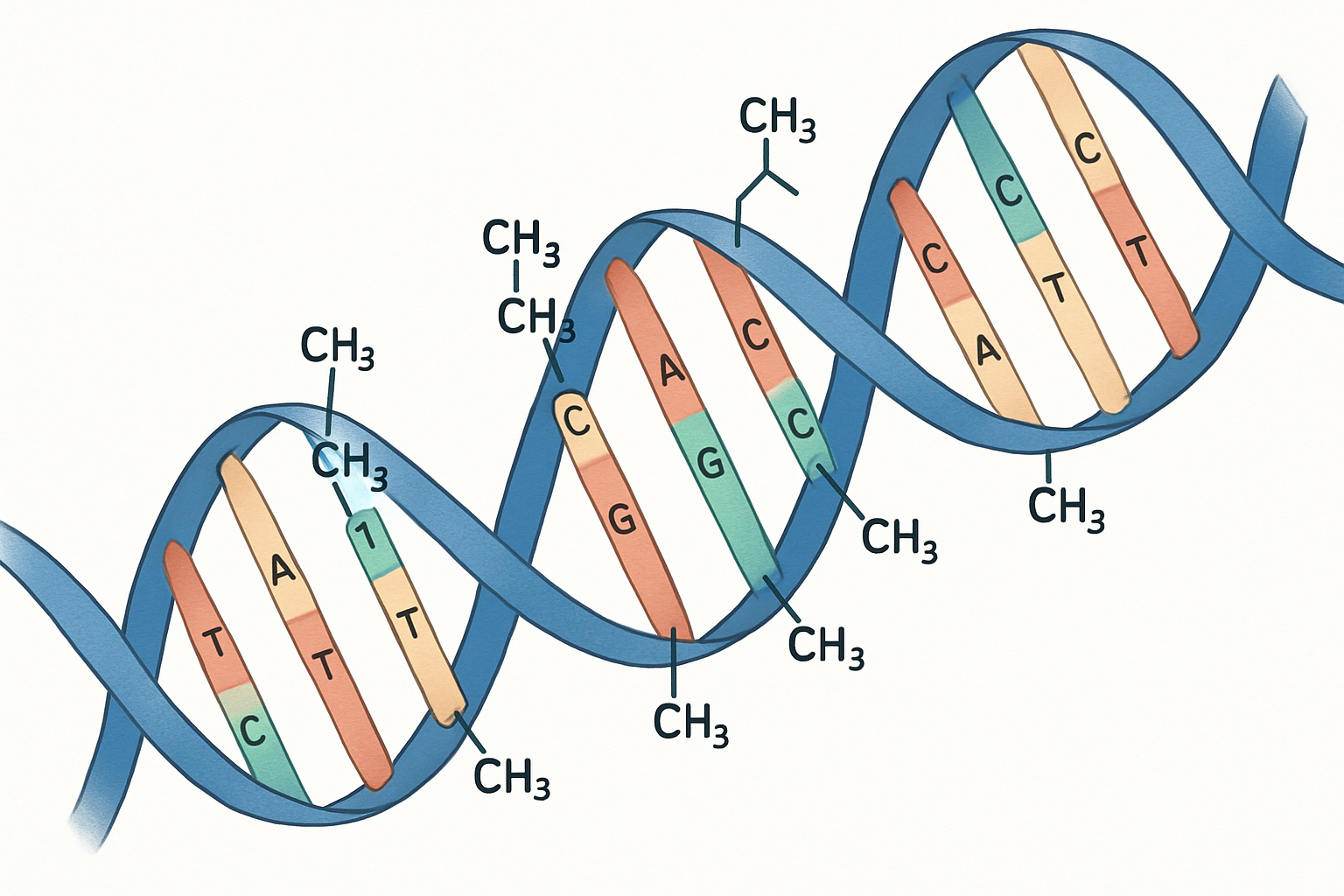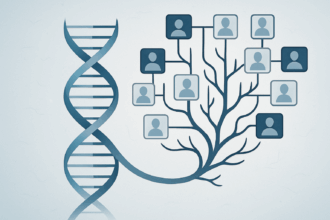The cause of death refers to the specific injury, disease, or underlying condition that directly leads to an individual’s demise. It is a critical determination made by medical professionals, such as Medical Examiners or Coroners, to establish the primary reason for a person’s death. Understanding the cause of death is essential for legal, medical, and statistical purposes, as it helps identify the circumstances and factors contributing to the loss of life.
Key points about the cause of death include:
1. Medical Determination: Determining the cause of death is typically a medical process carried out by forensic pathologists, medical examiners, or coroners. It involves thoroughly examining the deceased individual, including a medical history review, clinical findings, and sometimes an autopsy.
2. Autopsy: An autopsy may be performed in cases where the cause of death is unclear or where there are suspicions of foul play. During an autopsy, the deceased person’s body is carefully examined, and samples of tissues, fluids, and organs are analyzed to determine the precise cause of death.
3. Categories of Cause: Causes of death can be categorized into various types, including:
- Natural Causes: Deaths resulting from diseases or medical conditions, such as heart disease, cancer, infections, or organ failure.
- Accidental Causes: Deaths caused by unintentional injuries or events, such as car accidents, falls, or drug overdoses.
- Homicidal Causes: Deaths caused by the deliberate actions of another person, such as murder.
- Suicidal Causes: Deaths resulting from intentional self-harm or suicide.
- Undetermined Causes: In some cases, the cause of death may remain uncertain despite medical examination and investigation.
4. Legal Significance: Establishing the cause of death is crucial for legal purposes, including determining criminal liability in cases of homicide or manslaughter. It also informs the issuance of death certificates, which are legal documents required for various administrative processes, such as settling estates and insurance claims.
5. Public Health and Statistics: Data on the causes of death are collected and analyzed to inform public health policies, track disease trends, and allocate resources for medical research and healthcare planning.
6. Certifying Physicians: In non-forensic medical settings, attending physicians or healthcare professionals may certify the cause of death for patients who die in their care. This certification is based on clinical observations and medical history.
7. Contributing Factors: It’s important to note that the cause of death may involve both a primary cause and contributing factors. These factors may include comorbid conditions or complications that played a role in the individual’s demise.
In summary, the cause of death is the specific injury, disease, or underlying condition that directly leads to an individual’s passing. It is determined through medical examination and, in some cases, autopsy. Accurate determination of the cause of death is critical for legal, medical, and public health purposes, helping to provide closure for families and inform policies and practices in healthcare and law enforcement.







